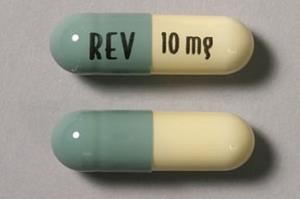
Celgene (CELG) reported Q3 earnings Thursday and it did not go well. Investors did not like what they heard and pummeled CELG, driving the stock down over 15%. The company missed on revenue by $120 million, but delivered an earnings beat. Below are three reasons why I believe the stock sold off.
Weak Guidance
Managing Wall Street’s expectations is highly-important for a publicly-traded company. Analysts hate negative surprises; Celgene surprised everyone with weak full-year guidance. Management gave full-year revenue guidance of approximately $13.0 billion. That was slightly below the mid-point of $13.2 billion previously provided.
The guidance for each of the company’s products was unchanged except for Otezla which is expected to achieve $1.25 billion in full-year revenue. That compares unfavorably to the previous guidance of $1.50 to $1.70 billion. Revenue from the psoriasis treatment was $308 million, up 12% Y/Y. However, Otezla is being hit by a deceleration in the overall market:
In the past two years, the U.S. market for psoriasis and psoriatic arthritis grew strongly, posting TRx growth rates in the high teens versus previous years. This was fueled by new launches, including OTEZLA, which expanded the total pool of patients on treatment …
However, year to date through September, both markets have experienced a significant slowdown in growth as a result of increasingly restrictive PBM formulary control. While OTEZLA demand continues to outpace the overall market, we are seeing lower-than-expected revenue due to market deceleration, increases in gross-to-net discounts to drive biologic step free access and inventory fluctuations.
Success breeds competition. Valeant (VRX) is expected to enter the market with Siliq and Johnson & Johnson (JNJ) just launched Tremfya. Otezla currently represents 9% of Celgene’s total revenue. That said, revenue growth from drug could be muted until a shake-out in the market occurs, if at all.












Leave A Comment